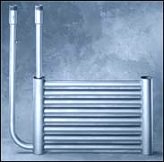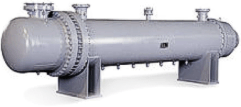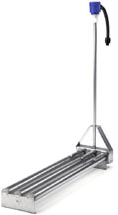Heat Exchangers for Process Fluids
Whether incorporating immersion heat exchangers (coils) into a batch system or utilizing shell-and-tube heat exchangers, Wastech may be able to offer a complete skid mounted heat transfer system solution. Wastech engineers are experienced in utilizing all types of corrosion resistant heat exchangers, including exotic metallic or thermoplastic units. Our experience enables us to select the correct corrosion resistant heat exchanger for your application. In addition, our many years of industrial process control system design enable us to integrate state-of-the-art digital process flow and temperature control into your process monitoring. |
|
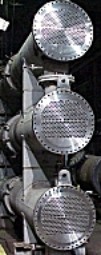 |
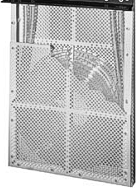 Wastech can provide complete skid-mounted designs for critical heating and cooling applications: Wastech can provide complete skid-mounted designs for critical heating and cooling applications:
Our packaged heating and cooling systems can include metallic heat exchangers as well as thermoplastic units fabricated from PVDF, polypropylene and polyethylene. Each system is thermally designed to minimize cost and maximize energy efficiency. Each application is skid mounted with sensors, tanks, pumps, temperature controls and a UL-rated control panel. Applications can be monitored remotely with alarm conditions or locally with an operator interface using a touch screen. |
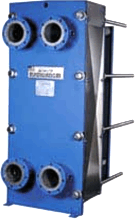
Equipment Selection & SpecificationWastech has the solution to your heat transfer application, whether it requires metallic or all-thermoplastic heat exchangers. Selection of the correct heat exchanger is critical in the design of any heat transfer system. In addition to corrosion resistance, pressure and temperature limitations must be taken into account as well as heat transfer efficiency. Wastech engineers have many years experience in making the correct equipment selection for heating and cooling requirements. System designHeating and cooling of fluids may be accomplished in many different ways. The key is to choose the most economical method. It may be most cost effective to use a batch heating system where immersion heating or cooling coils are installed as part of a pre-fabricated system. Such a system can be converted into a continuous system with application of appropriate controls for flow and temperature. On the other hand, it may be more efficient to use external shell-and-tube or plate-and-frame heat exchangers. These are available in a variety of materials, and Wastech can make the selection. |
|
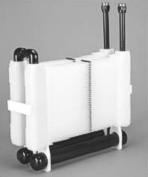
Thermoplastic Heat ExchangersPlastic heat exchangers, fabricated from fluoropolymers or polyolefins, are are suitable for a wide range of corrosive applications. Typically, they are utilized in applications that are highly corrosive and system temperatures are under 280°F. However, plastics do have their limitations and must be applied correctly. Plastics do not transfer heat as well as metals, and plastic heat exchanger must be designed accordingly to provide sufficient heating or cooling without requiring excess surface area and associated costs. Plastic heat exchangers are also limited in design pressure, particularly for heating applications, so proper system design is imperative. Wastech knows plastics and knows how to properly apply plastic heat exchangers into your heating or cooling system. |
|
|
|


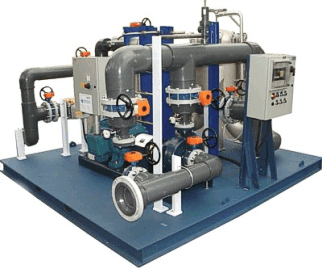 Heating and cooling of process fluids can be accomplished in many ways. The details of the design of your heat transfer system will greatly affect its energy efficiency and operating cost. Wastech engineers have many years of experience in designing heat transfer systems.
Heating and cooling of process fluids can be accomplished in many ways. The details of the design of your heat transfer system will greatly affect its energy efficiency and operating cost. Wastech engineers have many years of experience in designing heat transfer systems.